

Drones surevys in the construction sector are becoming a standard tool. Inspections, surveys, mapping, modelling, and safety checks faster, more detailed, and more cost-effective.
At Engineers With Drones, we handle the entire drone construction inspection process, including safety measures, and deliver high-quality results with minimal disruption to your site.
Using drone photography and orthomosaic technology, allows us to perfectly reflect a geographic area. Giving you a crystal-clear top-down view that has been corrected for geometric distortions — resulting in a pinpoint representation of the Earth's surface. An orthomosaic map is a state-of-the-art measuring device for accurate readings of scale and distance.

A drone, equipped with a thermal camera, can quickly record higher quality elevation data than the time-consuming, labour-intensive and costly traditional methods. Compare your site's current elevation data with previous plans, or integrate it from the start to keep on track throughout the construction process.

With 3D modelling capabilities, our drones can create a digital twin of a construction site. Allowing you to remotely track your site's progress, accurately measure surfaces, elevation, volumes and distances, and share data with your employees, suppliers and other shareholders.

The unlimited angles and crystal-clear imagery offered by drones allows you to instantly analyse tiny details across a large scale. And, gives you pinpoint accuracy when taking stockpile, distance, and volume measurements.

The safety of your personnel and our own is paramount, and we place it at the forefront of our company culture. Ask us about our HSSE systems and practices.
Drone technology is cheaper, safer and more reliable than traditional methods such as scaffolding, cherry-pickers and ropes. It's also quicker and less labour-intensive. We will bring everything we need and be out of your way that same day.
Downtime is expensive, unpopular and inconvenient. Using a drone, our engineers can conduct a thorough survey with little to no downtime.
Our equipment won't touch or even go close to your assets. Our high-resolution cameras use optical zoom to give extreme close-up views while staying a safe distance away.
We use cutting-edge technologies to detect problems that would otherwise be invisible. These include 4K ultra-HD photography/video, LIDAR and thermal imaging.
Drones aren't just for flying up in the sky. Our specialist drones can fly into confined spaces like chimneys and boilers to look for issues that would otherwise be inaccessible.
Thermal IR technology and ultra HD allow our engineers to get a view that is not available to the naked eye. From a safe distance, we can find defects and insights that are only visible with a drone.
Sometimes the brief can change even in real-time. If need be, you can be stood there right next to the drone operator, directing them as the situation develops.
Our drone service enables construction workers, property owners and other stakeholders to make insightful decisions faster. Because drones are cost-effective, they're ideal for surveying, inspecting and mapping construction progress. You can save man-hours, cover more ground in less time and get instant access to cutting-edge analysis. With drones, we get a complete overview of the construction site in a fraction of the time.

Regardless of the scope and size of a construction project, drones are fast becoming an indispensable tool. From a stand-alone house, to shopping centres and apartment blocks, to an entire housing estate. The accuracy, speed and efficiency of our drone service provide the perfect cost-saving solutions. Project managers get real time information and a more productive workload.
Drone data is so versatile that it can be useful during all stages of the construction process. From the planning stage, to project process monitoring and showcasing your project. The application possibilities of drones in the construction sector are plenty.
During the planning process, our drones can be used to take 360° degree landscape photographs that can be used for analysis and the preparation of applications. Drones can streamline this initial phase, saving both time and money while giving the project a more professional presentation.
The unlimited vantage points and perspectives offered by drones make site planning much more accurate. Because the various elements of the site can be viewed at their true height and scale, the precision of the planning becomes more clinical, reducing the time spent on fixing omissions, correcting errors and general revision.
Topographical surveys can help prevent damage to your resources and materials. Even a slight slope of the terrain can cause your property to flood in heavy rain. We survey the landscape of your site and identify problem areas. Materials, office space and access can be moved away from the risk areas and into safety.
This is an important first step in any venture, because it allows you to make the best decisions when planning your site. This way you can avoid damage to resources and ensure that the project stays under budget.
During the construction phase, regular surveys and inspections of the site are essential. Collecting data on general progress, stock levels, required purchases and worker safety are just some of the ever-changing elements that need to be constantly recorded and adjusted. With our drone services, every aspect of site monitoring is taken care of without the need for people on the ground, which can be expensive and inconvenient. And without the need for a manned vehicle to fly over the site, which can be time-consuming and costly.
Drones have applications beyond imagery. They're used as tools to calculate measurements. The data we collect is accurate and can be used to calculate height, length, area and volume. In the office, you can make informed decisions because you have our results at your fingertips, without have to return to the site. We measure stockpile volume measurements so your inventory is always up to date.
When it comes to presenting your project, drone footage can really give it the visual impact it deserves. That's true at the planning application stage and during the construction, but especially after completion. Whether you're showing potential buyers or stakeholders, the unlimited angles and 4K resolution our drones can offer will give your presentations the "Wow Factor" they need to stand out.







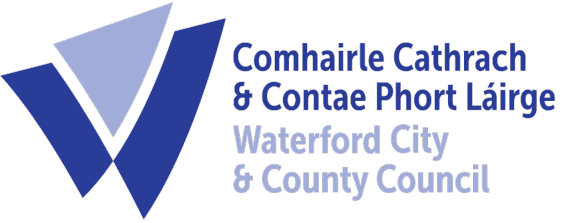

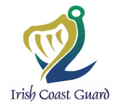
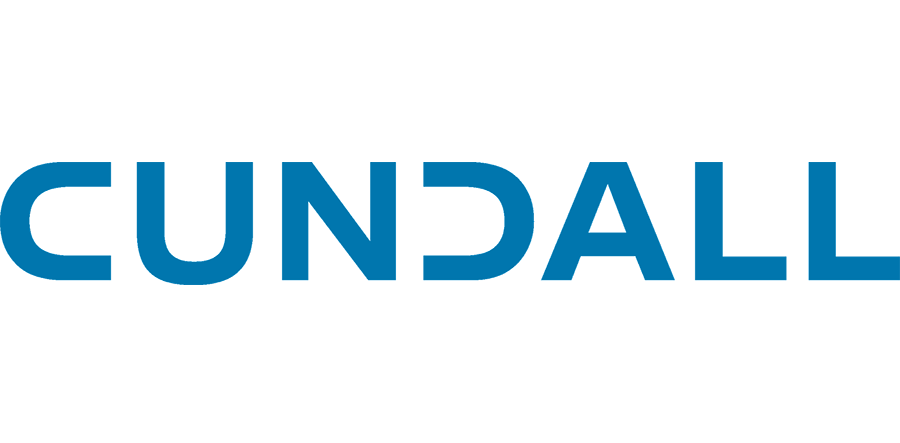










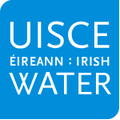

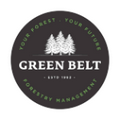





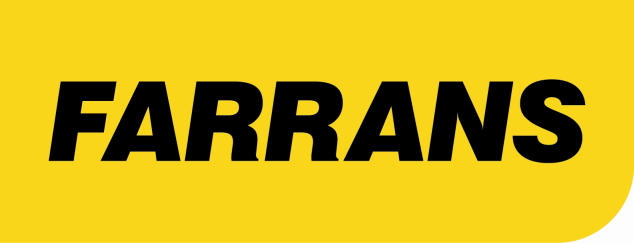
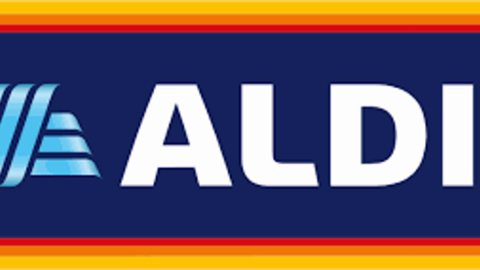






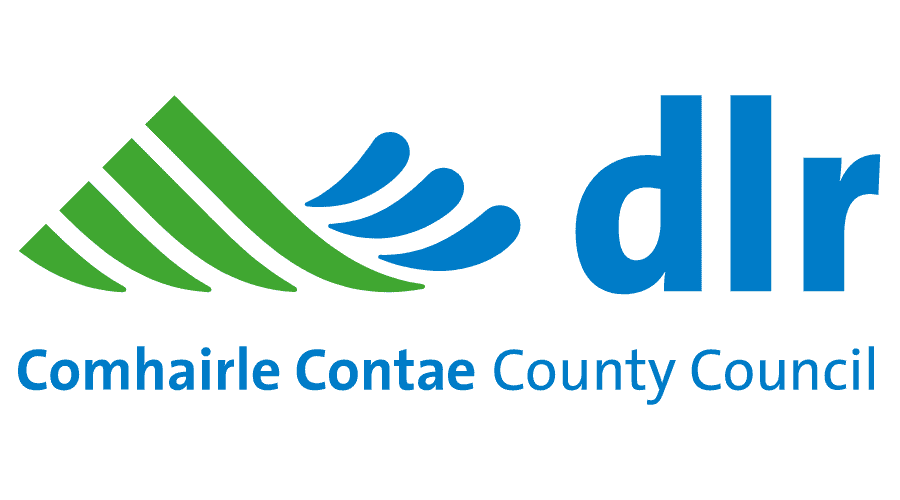



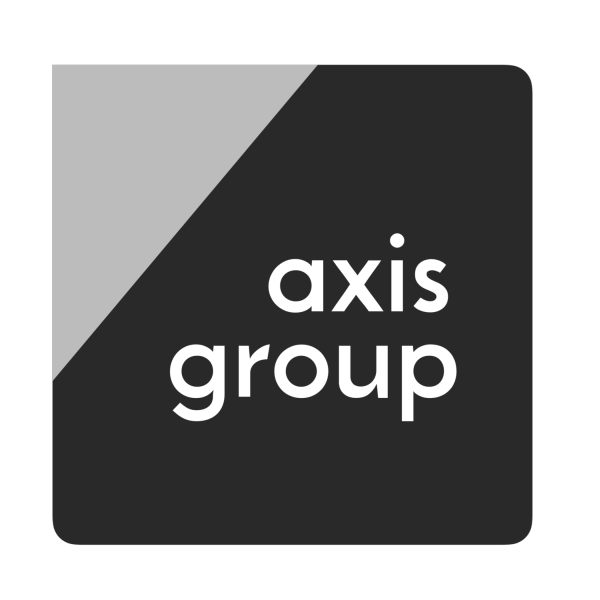







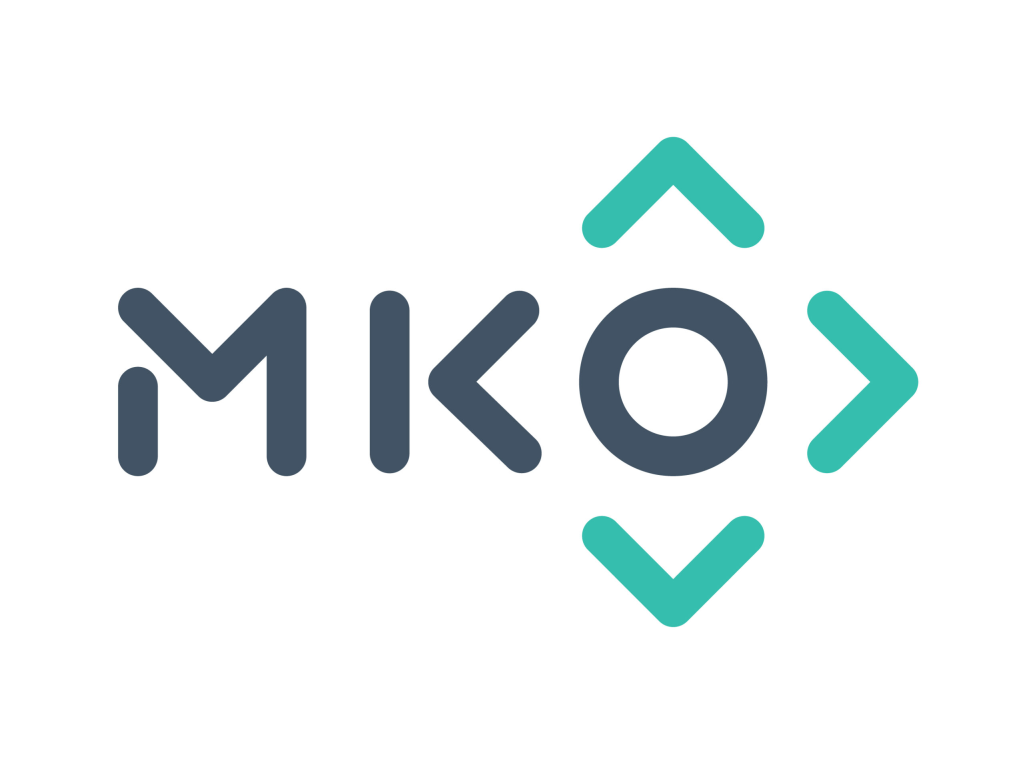
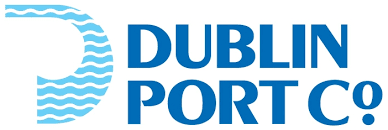

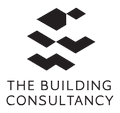







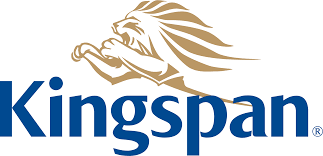












































































































































A digital surface model (DSM) made by a drone refers to a 3D representation of the Earth's surface that is created through the use of remote sensing technology. Drones are equipped with sensors that capture high-resolution images of the ground surface from different angles, which are then processed and stitched together to create a comprehensive 3D map. The DSM is different from other elevation models, as it includes all surface features, including trees, buildings, and other objects on the ground. DSMs have a wide range of applications, including land management, urban planning, environmental monitoring, and disaster response.
A Digital Surface Model (DSM) is a 3D representation of a geographic area that shows the height, shape, and texture of the terrain and any objects on the surface. It is created using digital elevation data obtained from various sources such as aerial photography, LIDAR, or satellite imagery. DSMs can be used in a variety of applications, including urban planning, flood risk assessment, and infrastructure development. They provide a detailed view of the Earth's surface, allowing for accurate measurements of elevation and topography. DSMs are a valuable tool for analyzing and visualizing the landscape and can be used to support a wide range of geospatial analyses.
A digital terrain model (DTM) created by a drone refers to a highly accurate and detailed digital representation of the Earth's surface, generated through the use of unmanned aerial vehicles (UAVs) equipped with advanced sensors and cameras. These sensors collect a vast amount of data, which is then processed using specialized software to create a 3D model of the terrain. The resulting DTM is typically used for various applications such as urban planning, construction, forestry, agriculture, and natural resource management. The advantage of using a drone to create a DTM is its ability to capture data from hard-to-reach areas and produce high-resolution images with incredible accuracy.
A digital terrain model (DTM) is a digital representation of the Earth's surface that captures the elevation data of a particular area, represented in a grid format. It is created by using specialized software that analyzes data from various sources, such as satellite imagery, aerial photography, and ground-based surveys. The DTM accurately portrays the three-dimensional topography of the terrain, including the height and slope of the land, and can be used for a wide range of applications, such as urban planning, flood management, geological analysis, and environmental modeling. DTMs are widely used in the fields of cartography, geology, geography, and remote sensing, among others.
DSM (Digital Surface Model), DTM (Digital Terrain Model), and DEM (Digital Elevation Model) are three commonly used terms in the field of geomatics and remote sensing. These models represent different types of 3D data models that are used to represent the elevation of the Earth's surface. Although they are often used interchangeably, there are some significant differences between these models.
A DSM represents the topmost surface of the Earth's terrain, including any vegetation, buildings, and other objects that may be present on the ground. In other words, a DSM is a digital representation of the Earth's surface with all features and objects included. DSMs are commonly used in applications such as urban planning, flood modelling, and environmental studies, where a detailed representation of the Earth's surface is required.
A DTM represents the bare Earth surface, excluding any objects or features above the terrain such as vegetation, buildings, and other structures. DTMs are used to study the Earth's surface in its natural form, and are commonly used in applications such as topographic mapping, hydrology, and soil mapping. DTMs are created by removing all features from a DSM, leaving only the terrain elevation data.
A DEM represents the elevation of the Earth's surface in a digital format, regardless of whether it is covered by objects or features such as vegetation or buildings. DEMs can be derived from both DSMs and DTMs, and are used in a wide range of applications, such as flood risk assessment, land management, and geological studies.
The main differences between DSMs, DTMs, and DEMs lie in the type of data they represent and the applications they are used for. DSMs represent the topmost surface of the Earth's terrain, while DTMs represent the bare earth.

Optical zoom is a feature found in cameras that allows you to change the focal-length of the lens, which in turn magnifies the image. Unlike digital zoom, which simply enlarges the pixels of an image, optical zoom physically moves the lens elements to zoom in or out, resulting in a higher-quality, more detailed image.
Optical zoom is better than digital zoom for several reasons. Firstly, optical zoom maintains the image quality and sharpness because it captures more detail from the subject. In contrast, digital zoom often results in a pixelated, blurry image because it enlarges the existing pixels of an image, which degrades the quality.
Secondly, optical zoom allows you to get closer to your subject without physically moving closer, which can be useful in situations where you cannot or do not want to approach your subject closely. This can be especially helpful for wildlife photography or for taking photos of events from a distance.
Overall, optical zoom is a valuable feature that can help you capture high-quality, detailed images from a distance, making it a must-have for many photographers.

An orthomosaic is a high-resolution, georeferenced image produced by stitching together multiple overlapping aerial or drone images. Unlike a regular mosaic, an orthomosaic corrects for perspective distortion and terrain variations, resulting in a highly accurate and detailed representation of the area being imaged.
Orthomosaics are used in a variety of fields, including agriculture, construction, urban planning, and environmental monitoring. For example, in agriculture, orthomosaics can be used to create detailed maps of crop health and yield, allowing farmers to optimise their planting and fertilization strategies. In construction, orthomosaics can be used to monitor progress and identify potential safety hazards on a job site. In urban planning, orthomosaics can be used to map out infrastructure and identify areas in need of maintenance or repair. And in environmental monitoring, orthomosaics can be used to track changes in land use, detect changes in water quality, and monitor wildlife habitats.
An orthophoto is a georeferenced aerial or satellite photograph that has been corrected for topographic relief, camera tilt, and other distortions so that it has a uniform scale and can be used for precise measurement and mapping.
To create an orthophoto, multiple overlapping images of an area are captured from different angles and heights. These images are then corrected for distortions, such as perspective and relief displacement, using photogrammetric techniques. The result is an image that has a uniform scale and can be used for accurate measurements of distance, area, and volume.
Orthophotos are used in a variety of applications, including urban planning, land surveying, environmental management, and emergency response. They are particularly useful for identifying and mapping changes in land use, such as the expansion of urban areas or the conversion of natural habitats. Orthophotos can also be used to create detailed terrain models and to plan the placement of infrastructure, such as roads and buildings.
Real-Time Kinematic (RTK) is a type of satellite-based positioning system that is commonly used in surveying and mapping applications. RTK technology uses a combination of GPS (Global Positioning System) and GLONASS (Global Navigation Satellite System) signals to provide highly accurate and precise location information. Unlike traditional GPS systems that provide accuracy within a few meters, RTK systems can provide Centimetre-level accuracy in real-time. RTK works by using a fixed base station that receives satellite signals and transmits corrections to a mobile rover receiver in real-time. This allows the rover to calculate its precise location relative to the base station with high accuracy and speed.
UHD or Ultra High Definition signifies that a camera's resolution is 3840x2160 pixels. This is exactly four time higher than high definition cameras (1920x1080 pixels), and so UHD is often also know as 4K. More about drone photography...